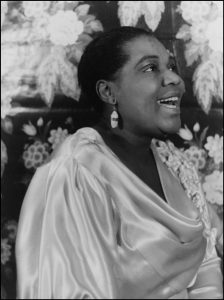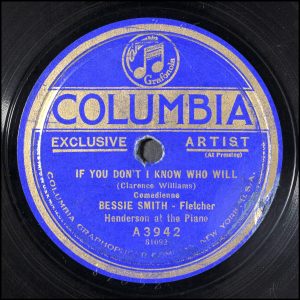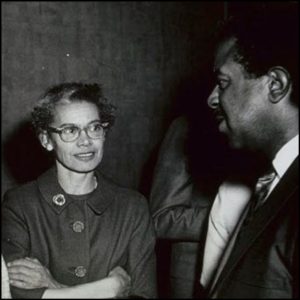
In the creation of their upcoming documentary about Pauli Murray, filmmaker Igor Juricevic has made a series of innovative choices to enhance the storytelling experience. One of the most intriguing decisions has been the incorporation of songs by the legendary blues singer Bessie Smith. This creative decision not only adds a rich auditory layer to the film but also recontextualizes Smith’s music to echo the themes of Murray’s life and struggles.
The Soundtrack of Struggle and Resilience
Juricevic has selected Bessie Smith’s music for its ability to convey deep emotional truths and universal themes of longing and change. “Bessie Smith was an African-American blues singer, known as the ‘Empress of the Blues’, and was the most popular female blues singer of the 1930s,” Juricevic explains. Despite the romantic themes in many of Smith’s songs, Juricevic sees a deeper resonance that aligns with Murray’s story.
Reinterpreting Lyrics Through Murray’s Lens

A standout example of this is the song “If You Don’t I Know Who Will.” While it may seem initially disconnected from Murray’s narrative, the lyrics take on a new meaning when viewed through the context of Murray’s life and advocacy. “Excerpts from Bessie Smith’s songs express a universal longing for a change, and an unwillingness to tolerate the way things are,” says Juricevic. They elaborate on the lyrics, “You may think that I’m just bluffin’, but I’m one gal ain’t supposed to want for nothin’,” interpreting them as reflecting Murray’s frustrations with the NAACP‘s neglect of women’s rights issues.
Connecting Past and Present

Juricevic explains how the lyrics can be reinterpreted to align with Murray’s activism: “Considering Murray’s struggle with the NAACP ignoring women’s rights issues, these lyrics express Murray’s desire that women’s rights be dealt with, and that Murray is dead serious about this.” The song’s lines, “Man, you’ve got to help me ‘long, if you don’t, it’s good-bye John,” resonate with Murray’s readiness to part ways with organizations that did not support intersectional equality. This innovative use of music helps bridge historical and emotional connections, making the past resonate powerfully with contemporary audiences.
Enhancing Emotional Engagement
By weaving Bessie Smith’s music into the narrative, Juricevic not only pays homage to another significant African-American artist but also deepens the emotional engagement of the audience. “Change the context, and those lyrics become the perfect soundtrack for this part of Pauli Murray’s story,” Juricevic notes. This approach not only enriches the storytelling but also highlights the timeless nature of the struggles for justice and recognition.
As Juricevic continues to craft their documentary, the inclusion of such multimedia elements ensures that Pauli Murray’s story is told in a way that is both compelling and accessible, bridging the gap between history and the present day. Stay tuned for more updates as this innovative project unfolds, promising to offer a deeply resonant and multifaceted portrayal of one of America’s most overlooked civil rights figures.
Original Photo: Portrait of Bessie Smith. 1936. Photograph courtesy Van Vechten Collection / Library of Congress
Original Photo: Murray, Abernathy, Two Women and a Man Talking. 1968. Photograph courtesy Schlesinger Library / Radcliffe Institute / Harvard University

